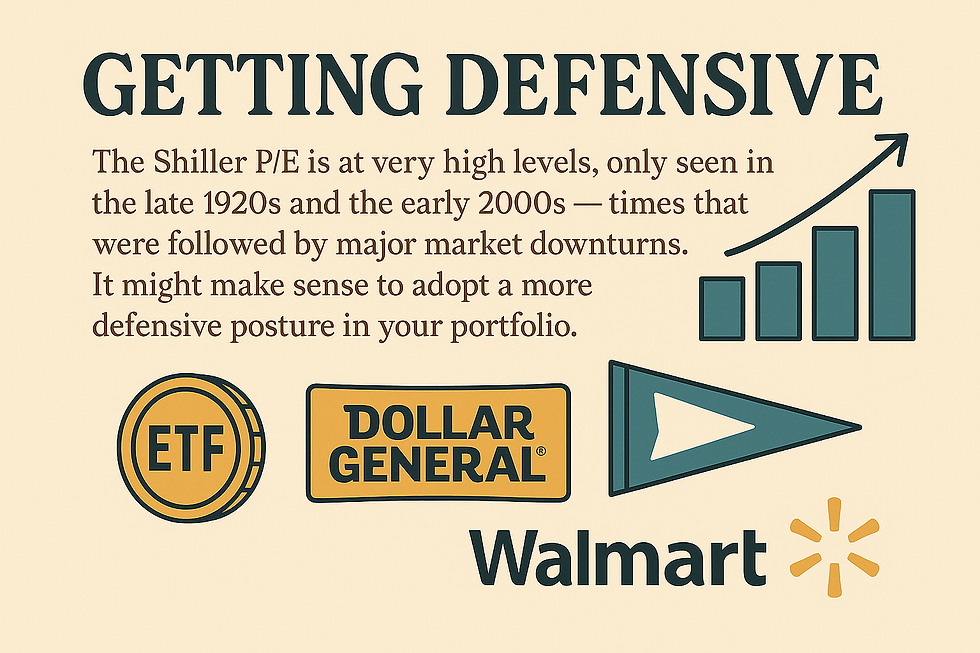How to Invest Your First $100: The Easiest, Smartest Way to Start Growing Wealth
- dimepop editorial staff

- Aug 14
- 3 min read
Updated: Aug 15

So, you’ve got your first $100 to invest. First off—congratulations! That’s not “just” a hundred bucks. That’s your seed money. Your launch pad. The beginning of a money snowball that could keep rolling and growing for decades.
And here’s the thing: your first investment doesn’t have to be complicated, stressful, or require you to memorize Wall Street jargon. In fact, if you start the smart way, you can get instant market exposure without having to pick “the perfect” company or check your portfolio every five minutes.
Why Index Funds Are the Ultimate First Investment
Here’s the secret: you don’t need to pick individual stocks right out of the gate. Will you probably want to try that later? Absolutely. Picking your own stocks can be fun, strategic, and—if you do it well—rewarding. But it also comes with a lot more homework. You need to research company performance, read earnings reports, follow industry news, and keep an eye out for big changes.
That’s why your first $100 is best parked in an index fund.
An index fund is like buying a pre-packed sampler platter of the stock market. Instead of betting on one company’s success, you’re spreading your bet across hundreds of them. The most famous example? The S&P 500—an index of 500 of America’s largest, most established companies, from Apple and Microsoft to Coca-Cola and Costco.
Benefits right out of the gate:
Built-in diversification: You instantly own slices of hundreds of companies.
Lower risk: If one company stumbles, your portfolio doesn’t take a massive hit.
No daily babysitting: You don’t have to track news alerts for every company you own.
ETFs: The Easy Way to Own the Market
When most people talk about “buying the market,” they’re talking about index funds, often packaged as ETFs—exchange-traded funds. An ETF trades like a stock but holds an entire basket of companies.
Why ETFs are perfect for beginners:
Low cost to start: Many brokerages let you buy fractional shares for just a few bucks.
Super low fees: You keep more of your gains instead of paying them to fund managers.
Easy to manage: Buy it, hold it, and check back when you feel like it.
VOO vs. SPY: The Battle of the S&P 500 ETFs
Two of the most popular S&P 500 ETFs are VOO (Vanguard S&P 500 ETF) and SPY (SPDR S&P 500 ETF). They track the exact same companies in the exact same proportions and have almost identical performance.
The difference? Cost.
VOO expense ratio: ~0.03%
SPY expense ratio: ~0.09%
Those decimals look small, but over decades they add up. Lower fees mean more of your money stays invested and compounding. That’s why, at Dimepop, we lean toward VOO.
How to Turn Your First $100 into Your First Investment
Open a brokerage account – Good options include Vanguard, Fidelity, Charles Schwab, or beginner-friendly apps like Robinhood and E*TRADE.
Transfer your $100 – Connect your bank and fund your account.
Search for “VOO” – This is Vanguard’s low-cost S&P 500 ETF.
Buy fractional shares – If a full share costs more than $100, buy a portion of one.
Turn on DRIP – A Dividend Reinvestment Plan automatically uses your earnings to buy more shares.
The Dimepop Game Plan
Start with an index fund to cover a lot of ground quickly. It’s the easiest way to diversify, reduce your risk, and start building wealth while you learn the ropes of investing. Once you’re comfortable and have more money to work with, you can experiment with picking individual stocks you believe in—whether that’s the next big tech innovator, a rising green energy company, or a brand you’ve loved since forever.
At Dimepop, whenever you're ready, we can get you started buying a variety of ETFs and individual stocks to take your portfolio to the next level.
But for today? Take that $100, put it in a low-cost index ETF like VOO, and let the market work for you.
📈 Remember: it’s not about timing the market—it’s about time in the market. Your job is to get started.
Pro tip: If you don’t have an investment plan through your employer, you might consider opening a Roth IRA. It’s a powerful, tax-advantaged way to grow your money—and we’ll dive deeper into it in a future post.



Comments